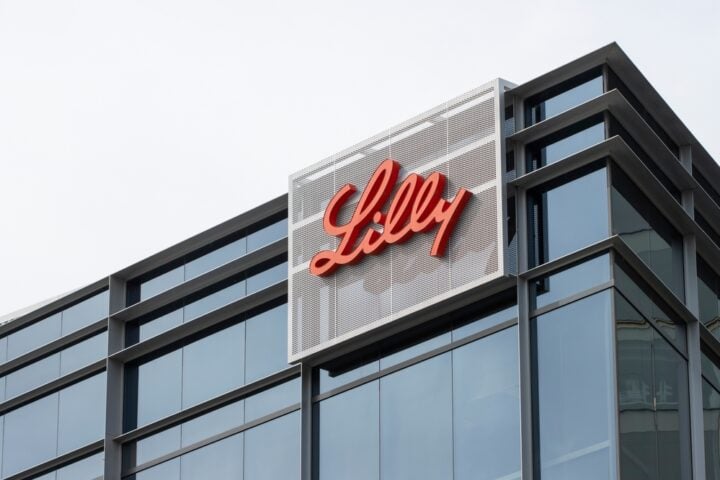Walmart (WMT) reported mixed results for its first-quarter earnings, navigating the challenges posed by President Trump’s tariffs. While the retailer saw a 2.5% increase in revenue to $165.6 billion, it fell short of Wall Street’s expectations of $166.02 billion. On a positive note, adjusted earnings per share (EPS) grew 1.7% year-over-year to $0.61, surpassing the estimated $0.58. Additionally, U.S. same-store sales exceeded expectations, increasing by 4.5%, driven by strong performances in health and wellness and groceries.
Tariff Pressures and Future Forecast
Despite the positive sales performance, Walmart’s stock experienced a slight dip, primarily due to the ongoing pressure from tariffs. CEO Doug McMillon commented, “We will do our best to keep our prices as low as possible, but given the magnitude of the tariffs, even at the reduced levels announced this week, we aren’t able to absorb all the pressure given the reality of narrow retail margins.” He further explained that the tariffs have already resulted in price increases in April and May, with expectations for additional price hikes through the rest of the year.
Impact of Tariffs on Imported Goods
McMillon highlighted the significant impact of tariffs on imported goods, particularly those from countries like Costa Rica, Peru, and Colombia. Items such as bananas, avocados, coffee, and roses have seen cost pressures due to tariffs. He emphasized the company’s efforts to keep food prices as low as possible and expressed hope that policy changes might provide some relief in the future.
Operational Performance and Guidance
Walmart reported a 2.8% increase in adjusted operating income, surpassing its guidance range of 0.5% to 2%. However, the company lowered its fiscal 2026 adjusted operating profit growth forecast. Despite this, Walmart expects net sales for Q2 to increase by 3.5% to 4.5%. The company did not provide guidance for adjusted earnings or operating income, citing the “dynamic nature of the backdrop” as the reason for the uncertainty.
Retail Performance and Consumer Trends
A key highlight in Walmart’s performance was its e-commerce growth. E-commerce sales surged by 21%, far exceeding the 2.12% expected growth. This marks Walmart’s first full quarter of profitability in its e-commerce business, both in the U.S. and globally. Additionally, inventory grew by 3.8%, slightly above the expected 3.29%. Going forward, effective inventory management will be crucial as Walmart enters a tariff-impacted period where cost pressures will impact pricing and demand forecasting.
Analyst Reactions and Outlook
Despite the challenges presented by tariffs, analysts remain generally positive about Walmart’s future. Telsey Advisory Group’s Joe Feldman noted that Walmart is expected to “weather the pressure better than most,” citing its potential for grocery share gains and robust e-commerce investments. Oppenheimer analyst Rupesh Parikh also highlighted Walmart’s ability to thrive in a cautious consumer environment, with both low-income and higher-income shoppers seeking value and affordable premium products.







